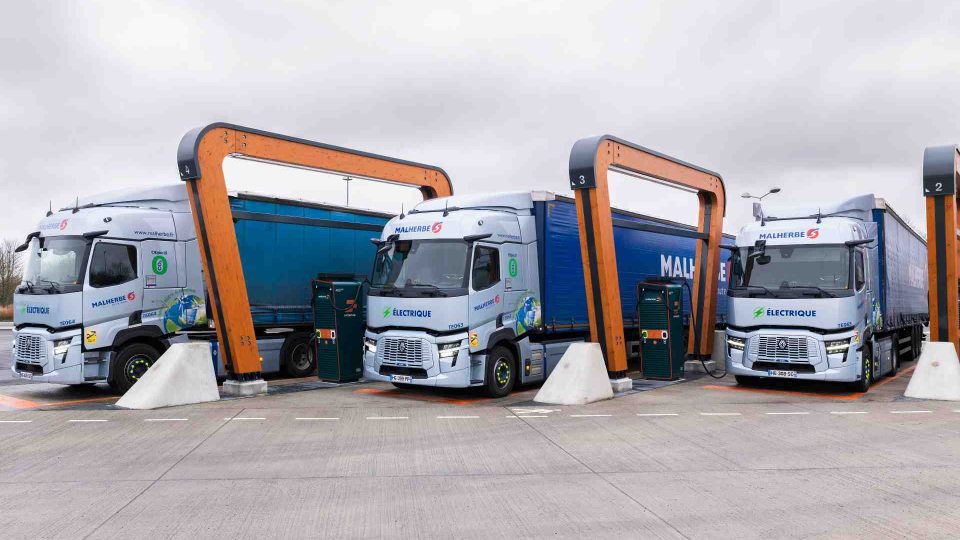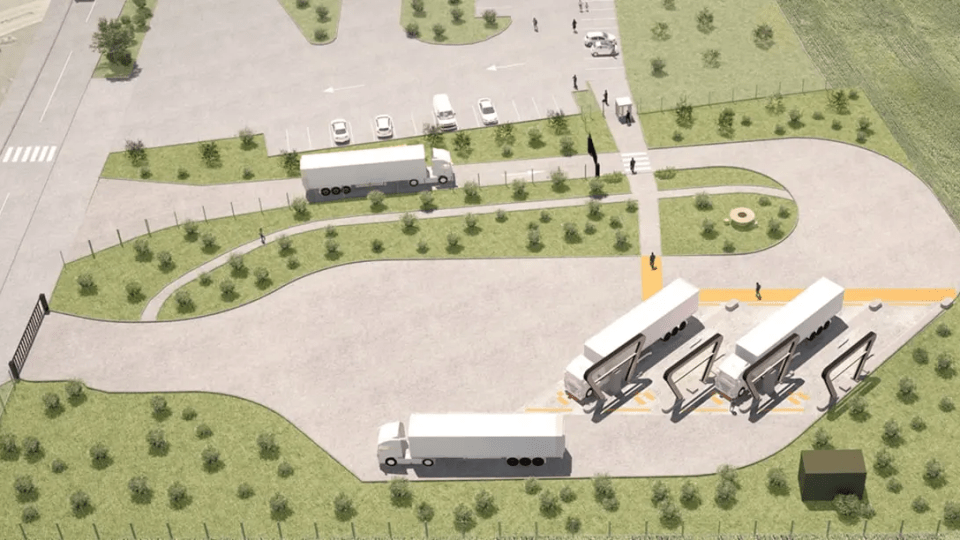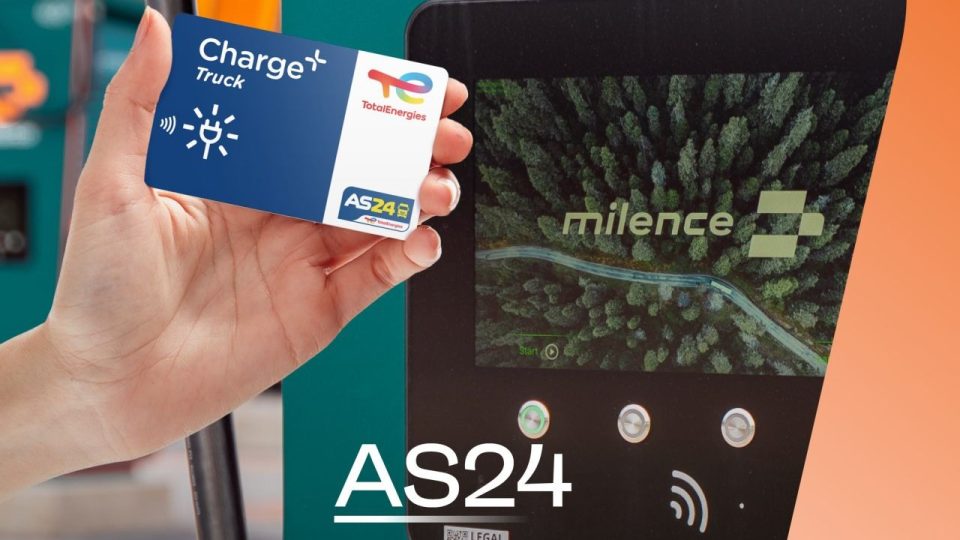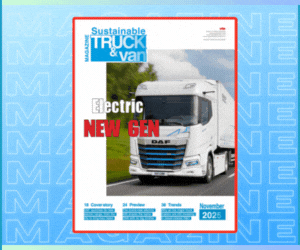Fast (and ultra fast) charging for industrial EVs. Kempower CEO Tomi Ristimäki: “We’re ready”
"When you drive a long-haul truck you must take breaks. During that breaks you should charge the batteries, so logistics company don’t need to waste time. That’s the dream, and that’s the goal", told us Kempower CEO Tomi Ristimäki at the inauguration of the company's North American plant in Durham.
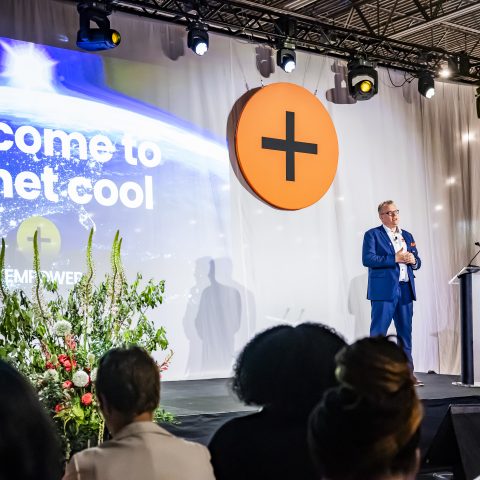
Kempower CEO, Tomi Ristimäki, flew to Durham, North Carolina, to host the official inauguration of Kempower U.S. facility. We were there, too, and couldn’t help but making some questions about the company’s expansion plans to North America, as well as the latest technology advancements.
Mr Ristimäki, why has Kempower chosen North Carolina for its North American HQs?
We looked at many aspects, from legislation to education in several States. Especially the education in this area, in the so-called Research Triangle, is very strong. Also, our sustainability strategy is about having the supply chain near our factory, and the suitability of the supply chain in North Carolina was very good, indeed. Not to mention the importance of being on the East Coast, closer to our Finnish homeland.
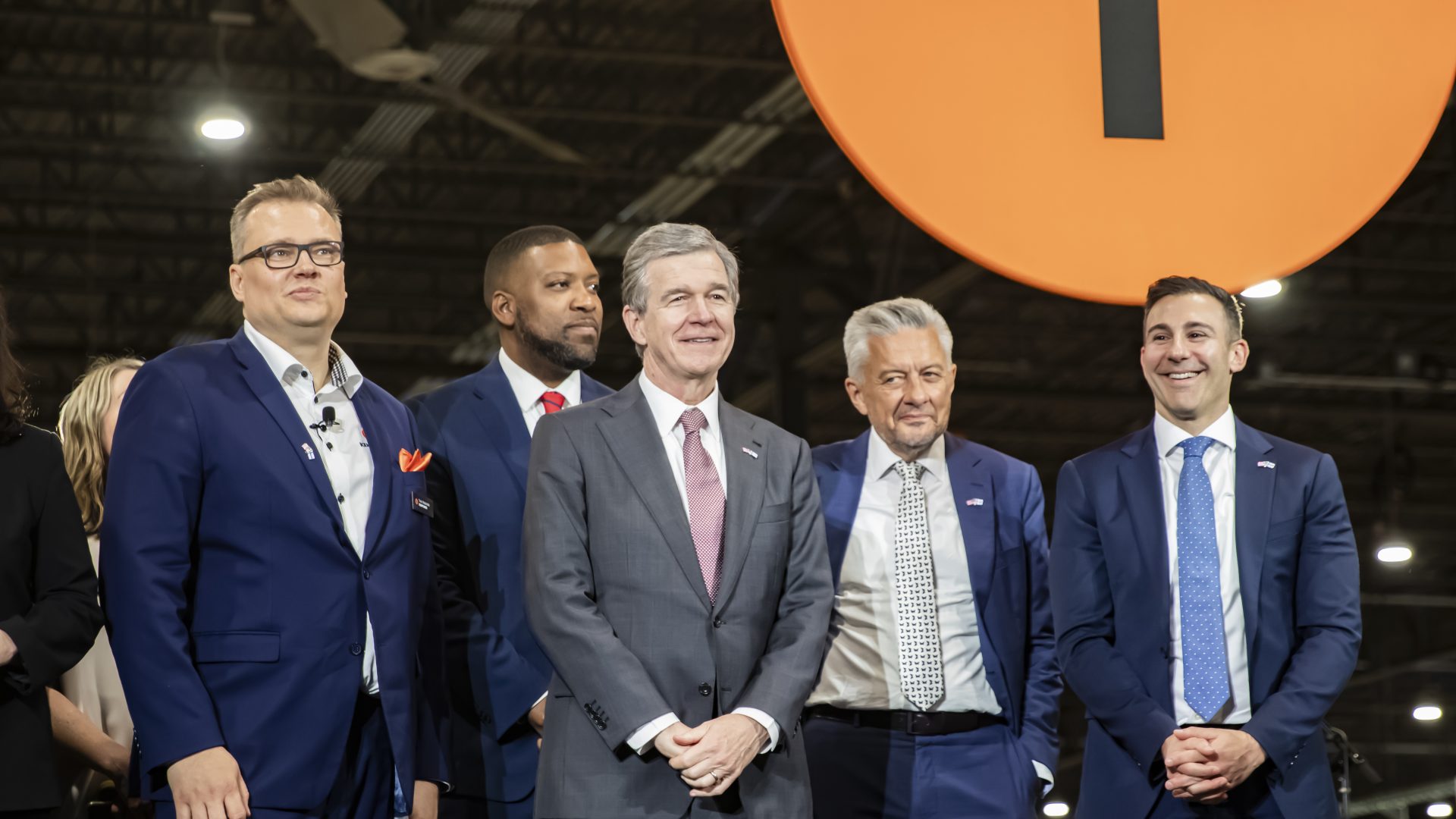
Kempower CEO Ristimäki on political support in USA and Europe
There’s so much talking about incentives and investments, here in the U.S. It’s a political matter, indeed. Are you worried about what can happen after the elections, at the end of the year?
If you look at fundings, it’s in the law, so it’s hard to change it, whoever is the president in the next years. I think it’s a bit different situation than in the past. Our industry is creating jobs. I think that any government would actually care about jobs, even though anything could happen at the next elections.
What about Europe, then, with the brand-new Parliament?
In the end, many people think there’s no planet B and no time to waste. Savings are important nowadays, more and more people in Europe are also concerned about this. Anyway, I believe that incentives are a good push for the market, however they are not decisive.
Are there any differences in terms of manufacturing equipment from Europe to America? Can we say Kempower is capable to make the same products in the two factories?
Yes, we can say that. We could copy and paste the operational model we have in Europe. Even the product portfolio is the same. Market certification is different, but it was not a problem for us, even in terms of voltage. Of course, charging standards are different, but we were ready to comply with that. Moreover, our supply chain is close to the main factory, so we are able to create jobs even here in the U.S.
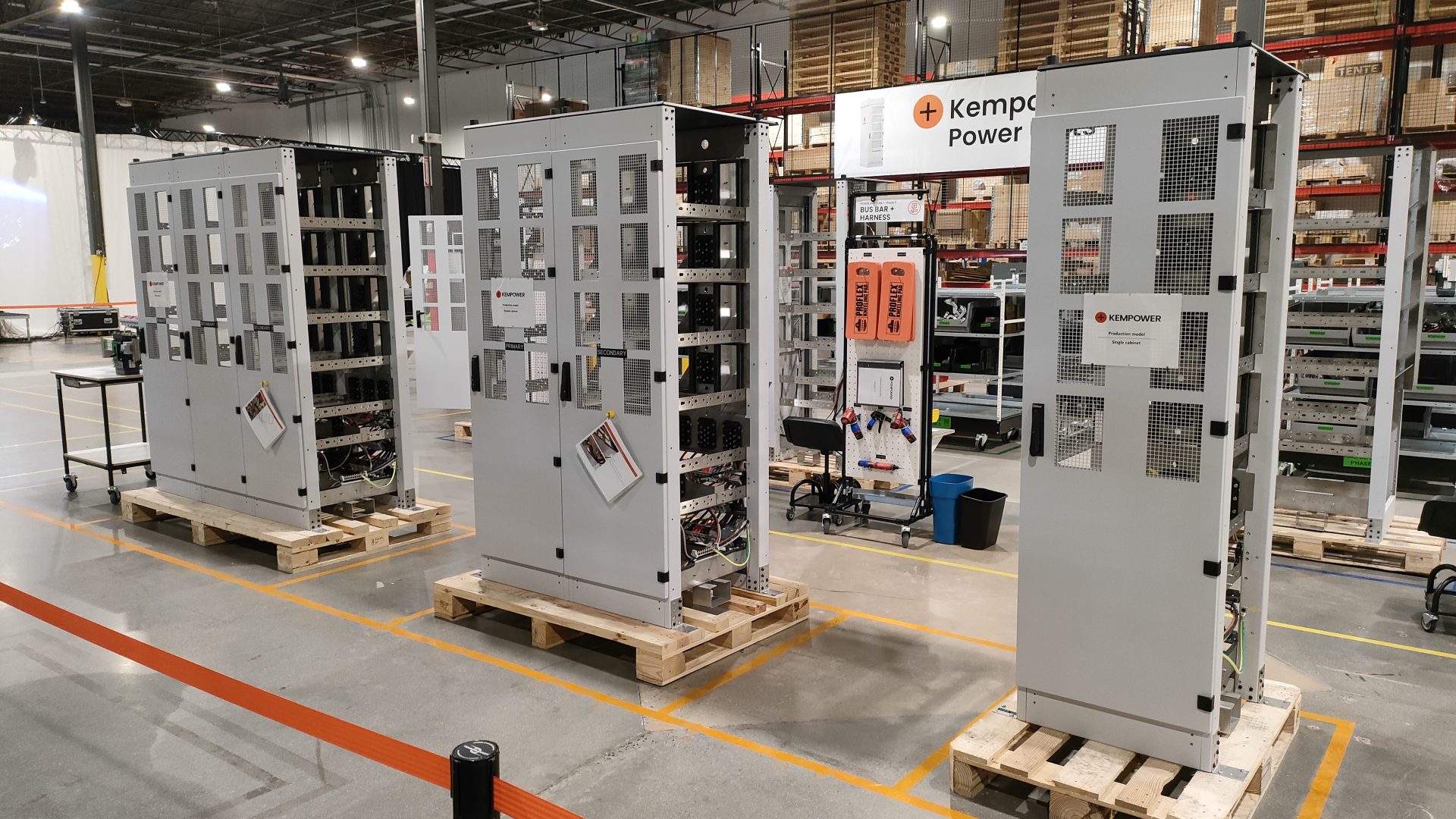
The need to enhance local grids to support e-mobility
E-mobility requires a big amount of energy. The whole system seems very expensive in terms of infrastructure. How is Kempower working to bring down costs?
If you look at passenger car chargers, ordinary grids are fine, and our dynamic system is enough. In other applications, like industrial vehicles, we definitely need more energy, and further investments are required. Several studies show that in many cases the main grid is fine, but local grids are limited. In a short distance, battery storage systems can help, but in the long run I guess we’d need to invest in the grid.
If you think about it, utilities have had a quiet time for decades, and now requests are booming. Local grid owners are expected to make adjustments. We see in some countries it’s getting much better, and I think it’s time for some utility companies to grow according to the market. I think it will come, as investments will bring money to these companies.
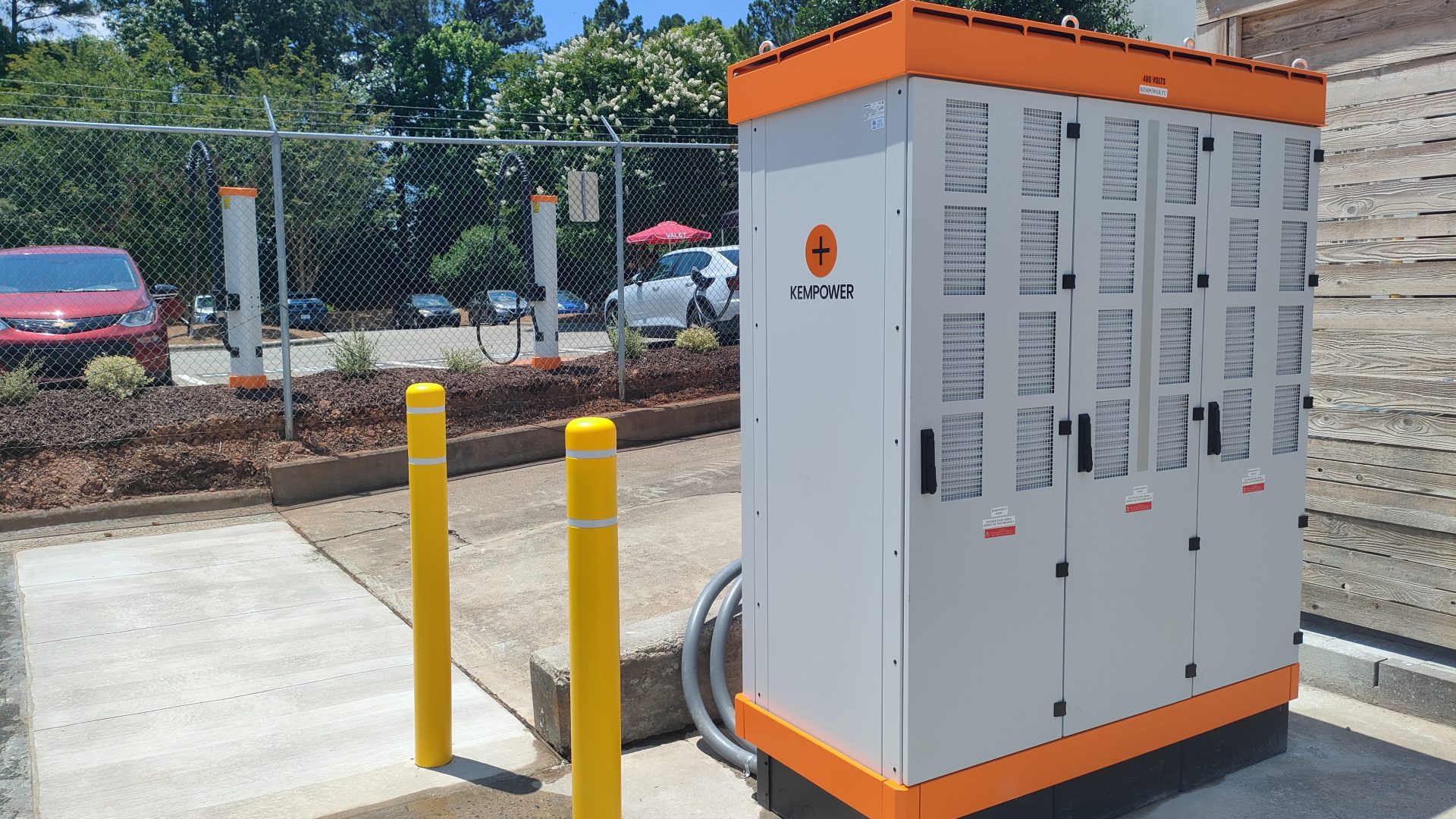
Let’s talk about service and maintenance: is remote diagnostic the key to make customers sure they don’t have to face broken chargers at their sites?
We were born during the pandemic, so we had to face everything in remote. Maybe that’s why we have been immediately focused on remote operations and diagnostics. It is a key thing to be able to do a lot of things from remote. Our goal is to have a service network with service partners throughout all the continent to ensure prompt interventions.
Electric commercial and industrial vehicle trends
What are your expectations on electric trucks, buses, and vans by 2030?
The commercial vehicle sector is going to be the biggest level 3 charging market, not because of the number of vehicles on the streets, but rather because of the requirements those vehicles have. The bus market alone is too small, but logistics will play a primary role.
Van fleets are somewhere in the middle. When talking about professional operations, a big market is private charging, not public charging, as most of the LVCs will be charged in private depots of logistic companies, as well as service providers. They want to enjoy the cheapest possible energy, and charge the vehicles overnight, or while loading/unloading. On the road charging will be based on the demand.
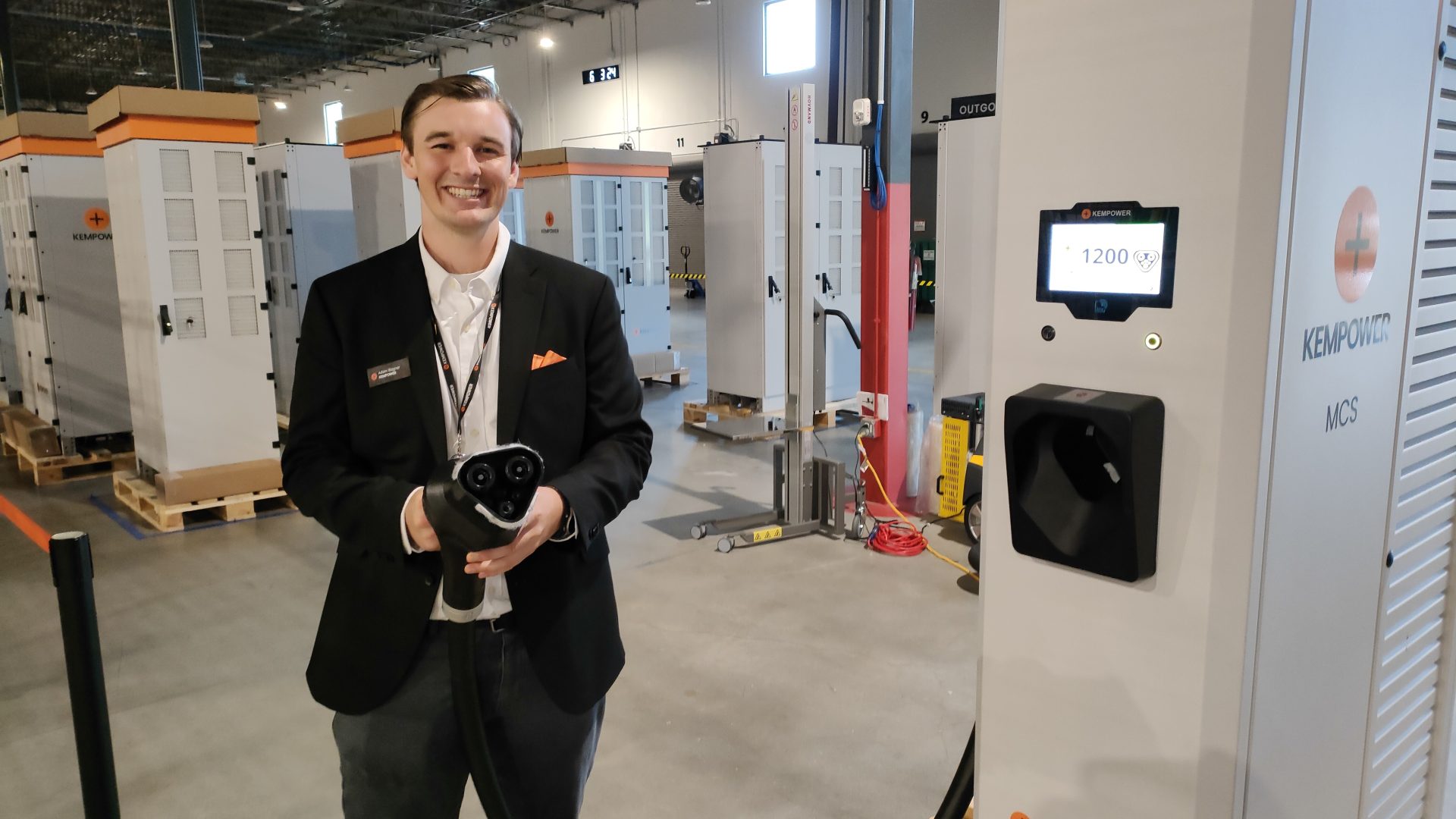
Megawatt charging. Will it the ultimate solution for heavy-duty truck and for coaches?
When you drive a long-haul truck you must take breaks. During that breaks you should charge the batteries, so logistics company don’t need to waste time. That’s the dream, and that’s the goal. It won’t happen immediately, but we’re confident that this could happen in the future. As for coaches, I think so, because they’re intercity vehicles, so that’s pretty similar to trucks.
When do you expect megawatt charging to become truly widespread?
Let’s make a call to truck manufacturers. We’re ready. We have only some prototypes of test fleets available, not standard vehicles yet. We do hope that more advancements and suitable electric trucks will come.



